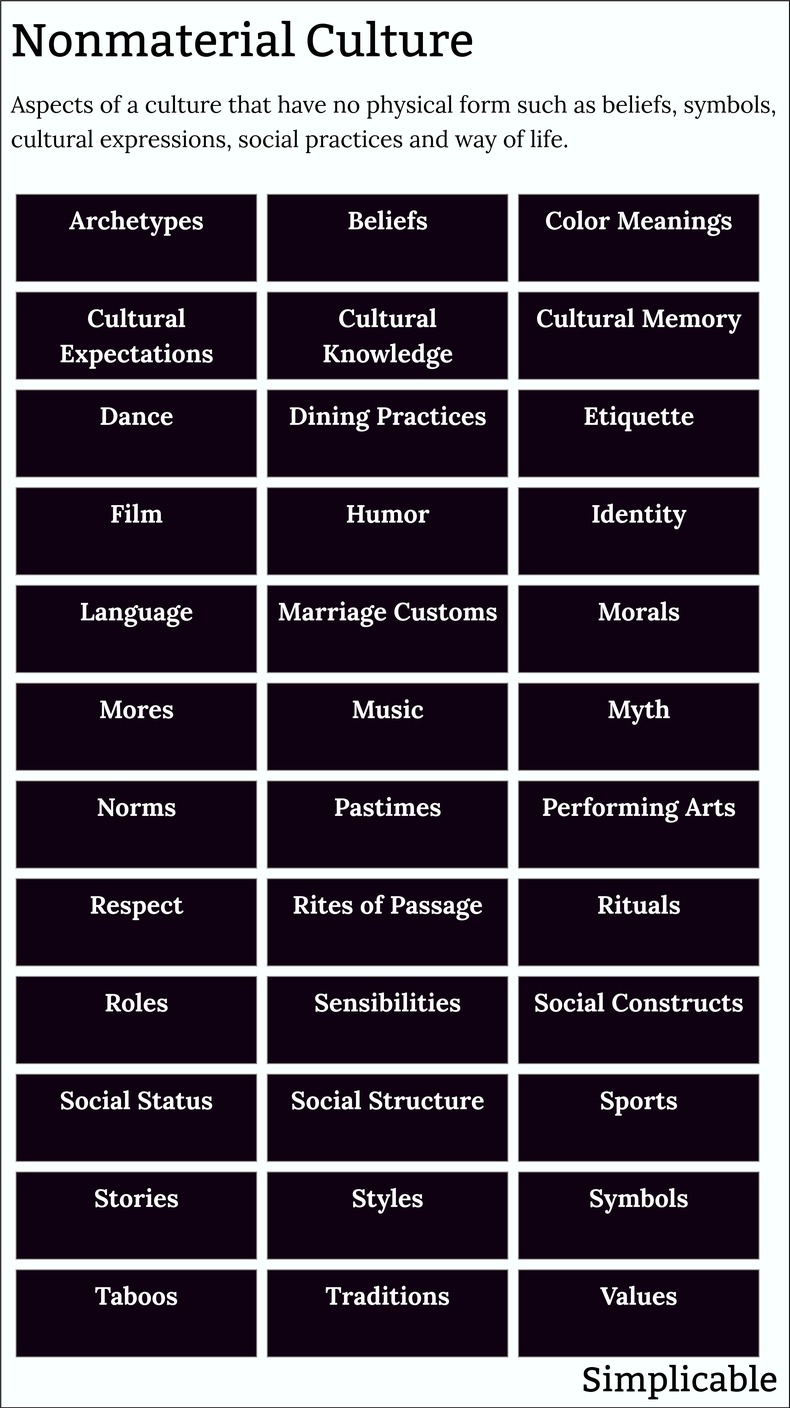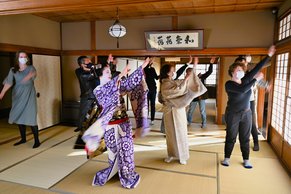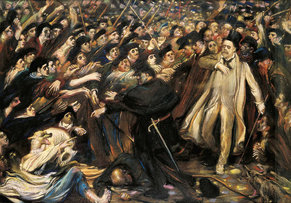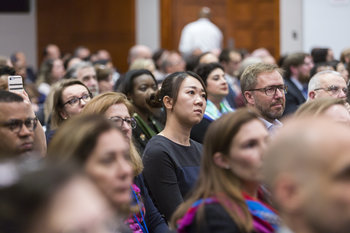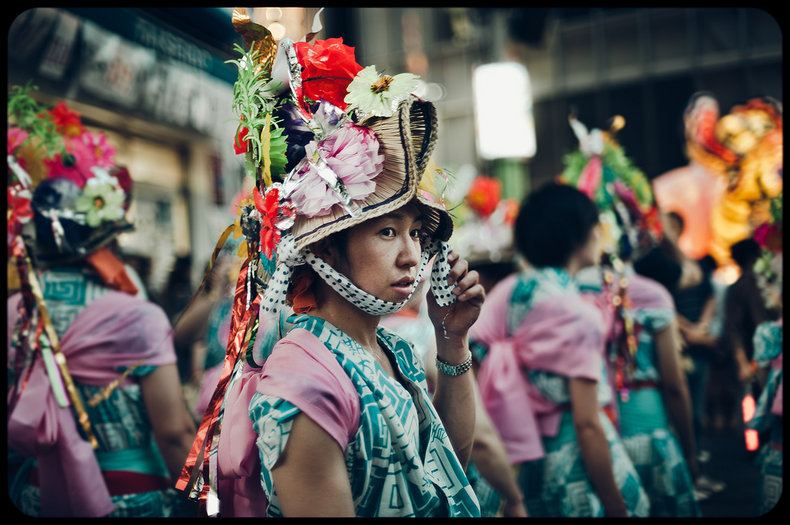
Aesthetics | Archetypes |
Beliefs | Color Meanings |
Community | Cultural Knowledge |
Cultural Memory | Culture Change |
Dance | Dining Practices |
Education | Enculturation |
Etiquette | Expectations |
Film | Gestures |
Humor | Identity |
Language | Marriage Customs |
Media | Memes |
Morals | Mores |
Music | Myth |
Nightlife | Norms |
Pastimes | Performing Arts |
Philosophies | Processes |
Respect | Risk Taking |
Rites of Passage | Rituals |
Roles | Sensibilities |
Services | Shared Experience |
Social Constructs | Social Status |
Social Structure | Sports |
Stories | Styles |
Symbols | Taboos |
Traditions | Values |
Overview
Nonmaterial culture are the intangible beliefs, symbols, cultural expressions, social practices, heritage and way of life associated with a culture.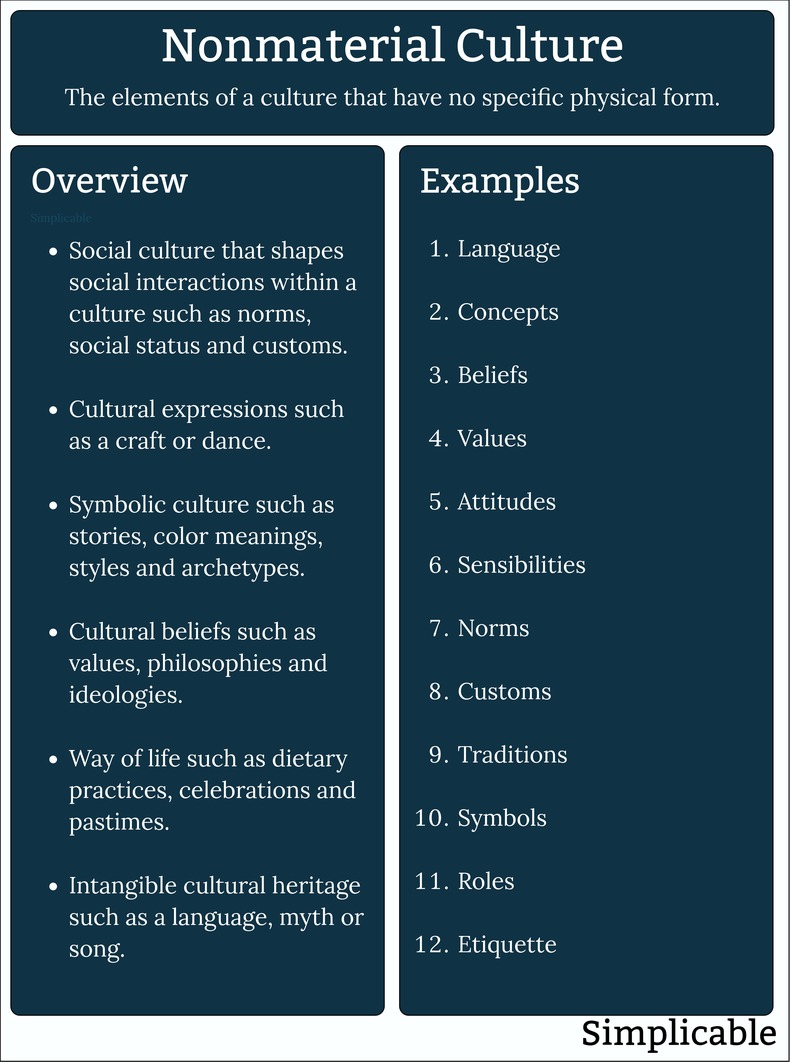
Nonmaterial Culture vs Material Culture
Nonmaterial culture is intangible and material culture is tangible. This means that nonmaterial culture has no specific physical form and material culture is physical. These are often two different aspects of the same thing. For example, food is material culture but cooking practices are nonmaterial culture.Summary
Nonmaterial culture is the shared meaning and practices that exist within a social group. This includes symbols such as stories, beliefs such as values, cultural expressions such as a dance, social conventions such as etiquette and way of life such as parenting practices.